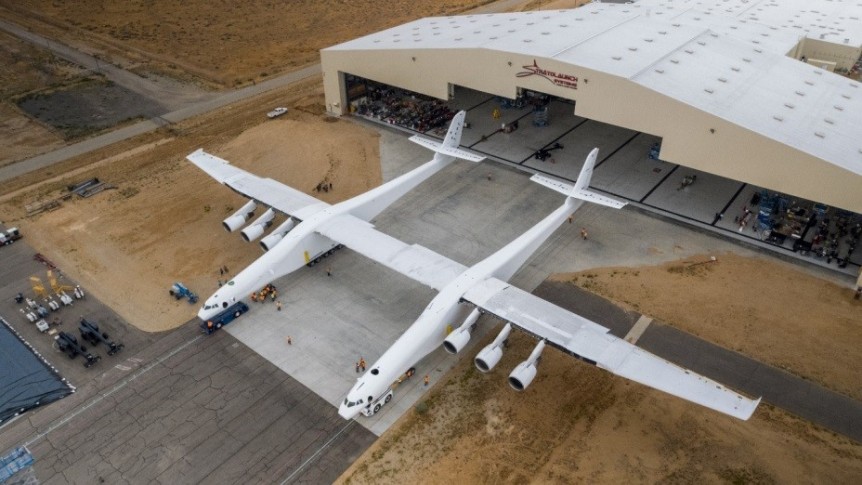Posted on 11/10/2017
Source: Aviation Week
By: Graham Warwick
Public-private partnership works to make certification of composite structures less costly
Composites have revolutionized aircraft design, offering high strength with light weight—but at a cost. The material itself is made as the part is produced, and many factors influence its performance, so the testing required is complex and time-consuming. Certification of Boeing’s 787, with its carbon-fiber wing and fuselage, required tens of thousands of tests, from material coupons to complete structures, adding to the development time and cost.
To reduce the development and certification timescale, NASA in 2013 launched the Advanced Composites (AC) project. Its major goal is to develop computational tools to predict the strength and life of composites and reduce design cycle time and testing by 30%. The project will also develop inspection methods that increase throughput by 30% and automated manufacturing processes that increase efficiency and improve quality.
The project is being executed by the Advanced Composites Consortium, a public-private partnership formed in 2015 that includes manufacturers Aurora Flight Sciences, Boeing, Collier Research Corp., GE Aviation, Lockheed Martin, Orbital ATK and United Technologies as well as the University of South Carolina, Wichita State University, NASA and the FAA, with the National Institute of Aerospace acting as the integrator.
After a lengthy stand-up period while intellectual-property concerns were resolved, the cost-sharing consortium began “real work” under Phase 2 of the AC project in the first quarter of this year, says Craig Collier, president of Collier Research, developer of the widely used HyperSizer stress analysis and sizing-optimization software. Collier joined the consortium in January and is leading two efforts under Phase 2, which runs to September 2019: Rapid Tools and Design for Manufacturing (DFM).
In aircraft design, finite element analysis (FEA) is used to model internal load paths in structures based on external aerodynamic loads provided by computational fluid dynamics. Stress analysis then reveals any weaknesses in the structural design, and the results are used to update the FEA model. A finished design requires many iterations, says Collier, and HyperSizer automates updating of the model and also automatically resizes the structure to resolve issues.
Composite laminates have more potential ways to fail than metals, and the Rapid Tools effort is developing individual software modules that can be plugged in and used during preliminary design to address each of the different failure mechanisms. This will enable structures to be sized and laminates designed appropriately earlier in development, saving time and money.
With the majority of composite structures now manufactured using automated fiber placement (AFP) machines, Design for Manufacturing is aimed at feeding the limitations of this process into structural optimization to help iterate designs more quickly. “If we know what is hard for AFP to make in terms of laps and gaps, puckering and wrinkling and radius violations, then we can avoid those laminates early on,” says Collier.
“As they gain experience, OEMs and Tier 1s have a history of flaws and issues with part quality using AFP. We can collect that data, try to identify the issues, then decide how to predict them,” he says. “We will have a catalog of past issues and can then program the software to avoid them so we can make parts with fewer flaws and more consistency and integrity, which will speed up certification.”
Under the DFM effort, Collier says, an “interesting and challenging” full-scale composite part will be produced using AFP under “before-and-after” scenarios to validate the effect of using the new design tools to avoid known manufacturing issues. This will provide an “apples-to-apples” comparison to quantify how much faster and more consistently composite parts can be produced.


